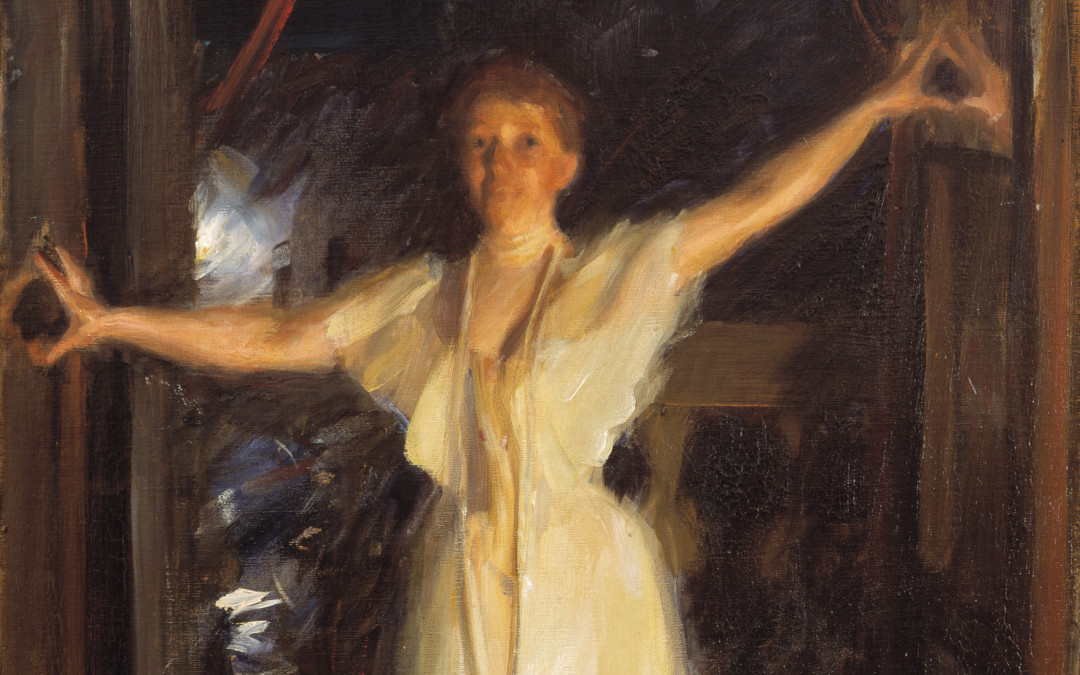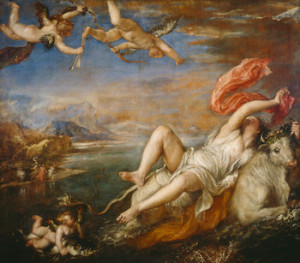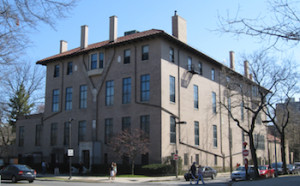Though not an industrialist or robber baron by definition, Isabella Gardner was a great patron and curator of the arts. With a large inheritance, a love of fine sculpture, textiles and paintings, Isabella (or Belle in Boston society), was a great American art collector, philanthropist and patron of education.
Born in 1840, during the time of the great robber barons, Isabella Stewart Gardner was Boston high society royalty, often written about in tabloids for her idiosyncratic personality and unconventional tastes.
In 1874, Isabella and her husband traveled extensively through the Middle East and Europe, collecting impressive art and other oddities, and developing a great love for curating art.
Gardner began collecting in earnest after receiving a large inheritance from her father in 1891. When Isabella acquired a Botticelli in 1894, she became the first American to curate a painting by the Renaissance master.
After her husband John L. Gardner’s death in 1898, Isabella Gardner purchased land for the museum that would house their collection in Boston’s Fenway area. With her supervision over design aspects of the museum, Gardner hired architect Willard T. Sears to build the structure in the reflection of the Renaissance palaces of Venice, Italy.
After its completion, Isabella spent twelve months on the installation of her pieces to create the perfect ambiance. Using mixed media, furniture, textiles and various trinkets bought from her travels with her husband, she hand-picked where each piece would be assembled.
The structure itself surrounds a glass-encased garden, which was the first of its kind in the United States. The second floor displays an impressive John Singer Sargent (who was a close personal friend) painting titled El Jaleo on the first floor with extensive tapestries on the second floor. In the Titian Room, Titian’s masterpiece The Rape of Europa, one of the most famous pieces of art in the museum, hangs above a piece of fabric cut from one of Isabella’s famous gowns.
The museum opened on January 1, 1903 with a grand celebration featuring a performance by members of the Boston Symphony Orchestra and a decadent menu of champagne and pastries.
During Gardner’s lifetime, she welcomed artists, performers, and scholars to Fenway Court including John Singer Sargent, Charles Martin Loeffler, and Ruth St. Denis. Today, the museum’s contemporary artist-in-residence program, courtyard garden displays, concerts, and innovative education programs continue Isabella Gardner’s legacy.
Upon her death in 1924, she left an endowment of $1 million which stipulated that her collection be permanently exhibited “for the education and enjoyment of the public forever”.
Gardner lived on the fourth floor when in residence at the museum. After her death, the fourth floor served for many years as residence for the museum’s director; more recently it has been converted for use as museum offices.













